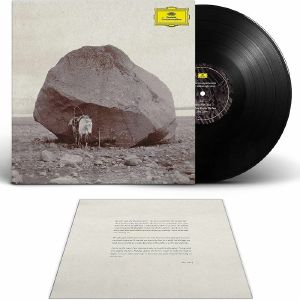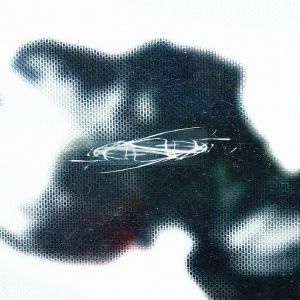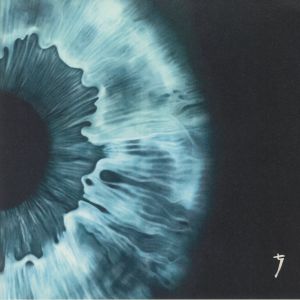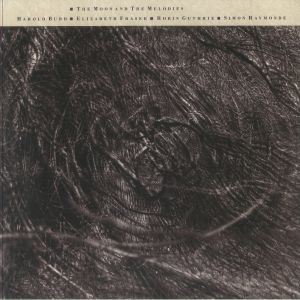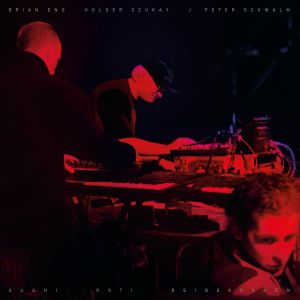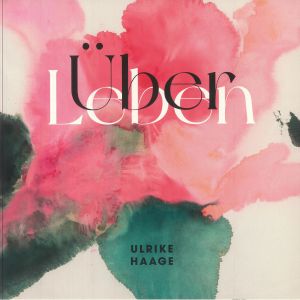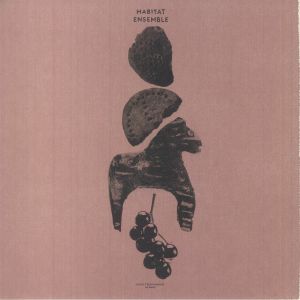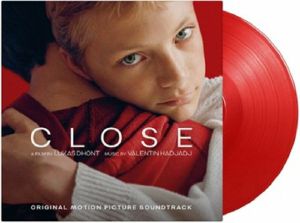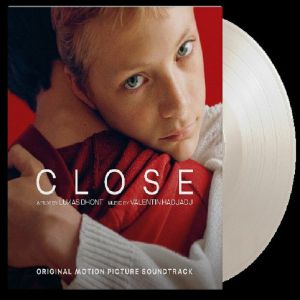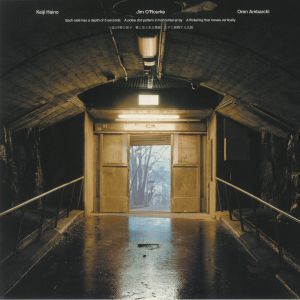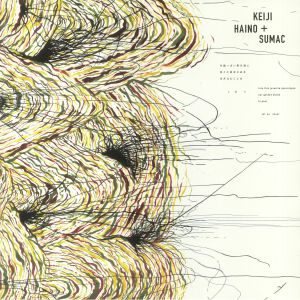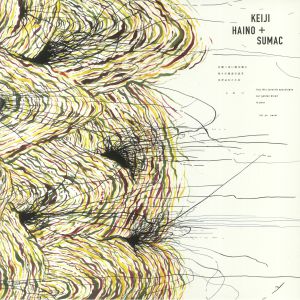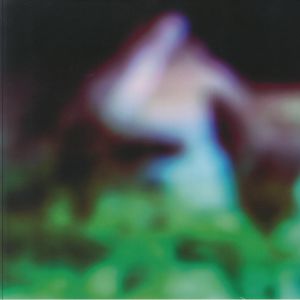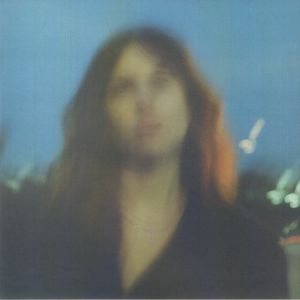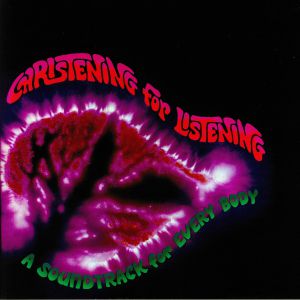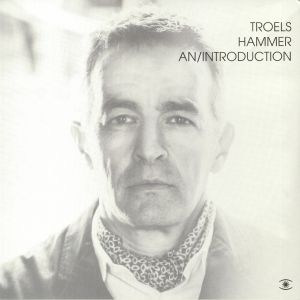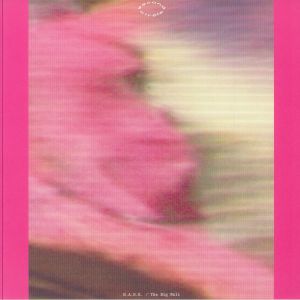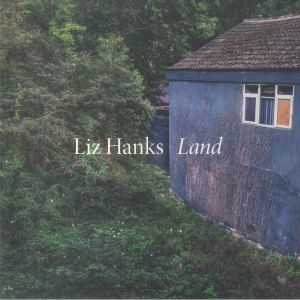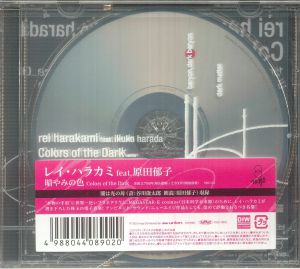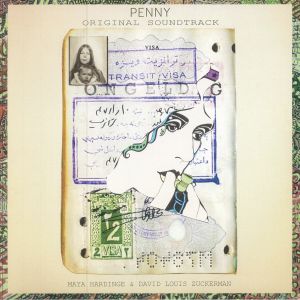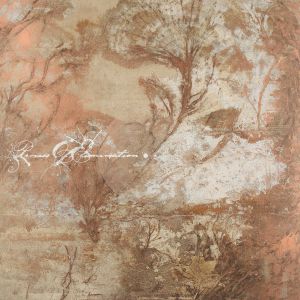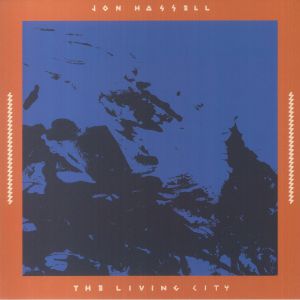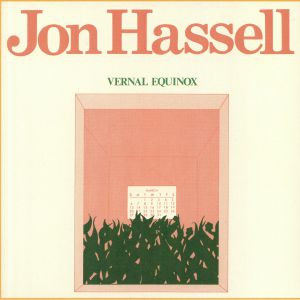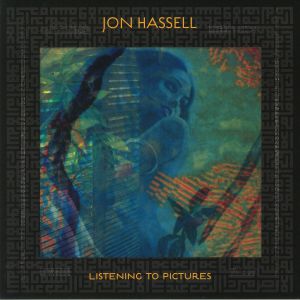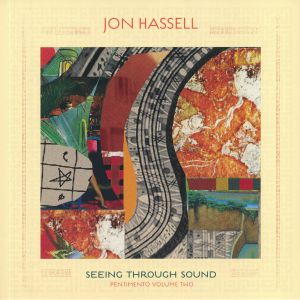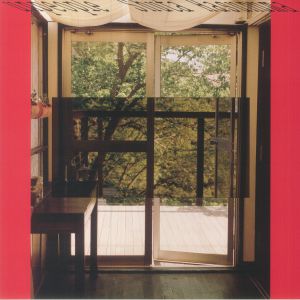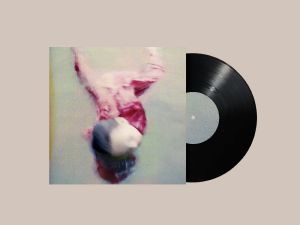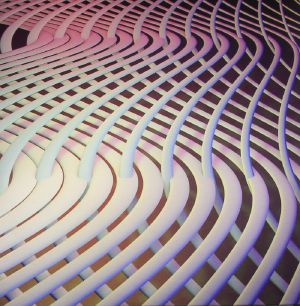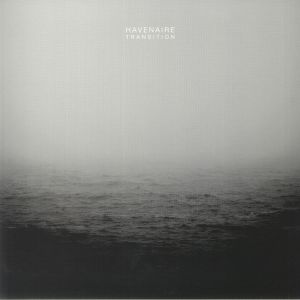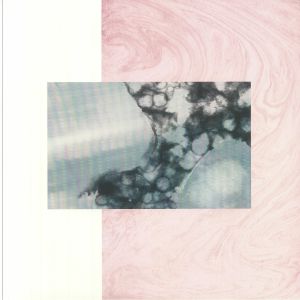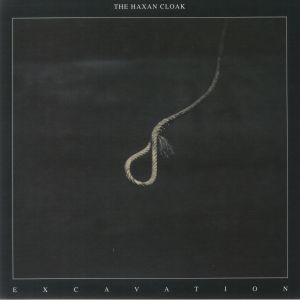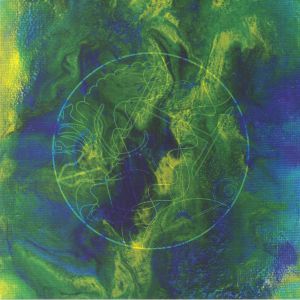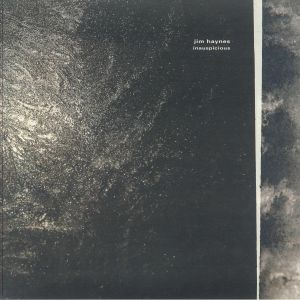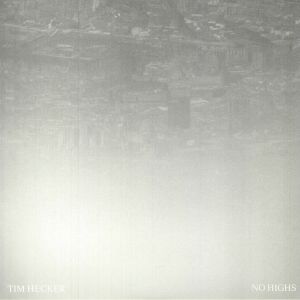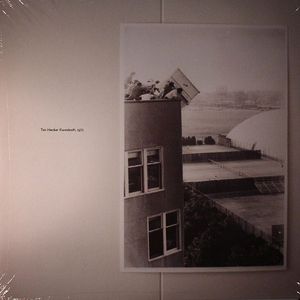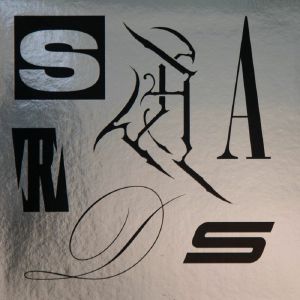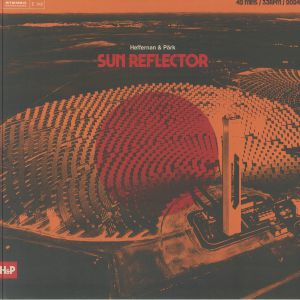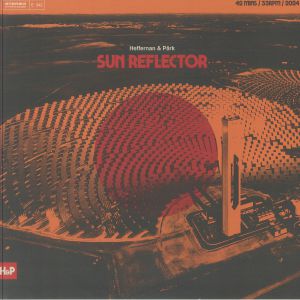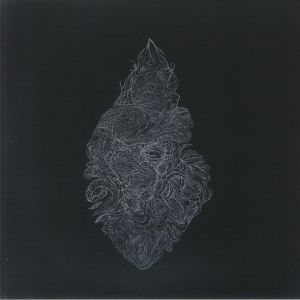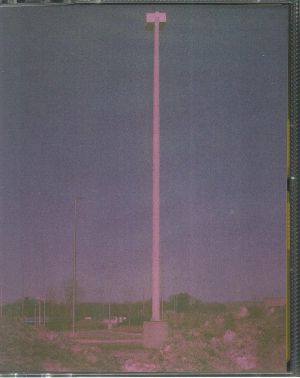Filter
在庫状況
Release Date
レーベル
Featured
リリースタイトル
Back catalogue: Ambient/Drone
Juno's full catalogue of Ambient/Drone
シングル
Longer Shadows Softer Tones (heavyweight vinyl 12" + insert)
Cat: 486561 9. Rel: 04 Oct 24
in stock $27.93
Review: INDEX:Records founder and self-styled 'DJ and sound engineer' Conna Haraway finally makes his vinyl bow following a couple of low-key cassette and digital download releases. According to the Sydney-based imprint handling the release, Theory Therapy, the wonderfully titled Spatial Fix was partially inspired by the Glasgow-based artist's 2024 tour of Japan and South Korea. You can hear that in the subtly far eastern melodies and ambient techno style textures of ten-minute opener 'Freon', whose grooves would undoubtedly have impressed the late Andrew Weatherall, and the hushed, semi-abstract, deeply layered wonder of 'Switchback'. Elsewhere, the stretched-out, immersive and meditative '1702' joins the dots between low-tempo ambient techno and dub techno, while 'Patent' is deep, otherworldly and suitably sub-heavy mutant dancehall.
… Read more in stock $22.88
in stock $38.84
Session One (12" + MP3 download code in die-cut sleeve)
Cat: 9128 1. Rel: 06 May 22
Review: The inaugural 9128.live label release came from the UK's Jo Johnson and Hilary Robinson, featuring subtle, harmonic drones and manipulated piano, originally aired as part of the duo's set for the CALMA (Madrid) takeover on 9128.live, April 2020. Released digitally in 2020, the set is now available on 12" vinyl, split into two long-form compositions.
… Read morePlayed by: Jane Fitz, Juno Recommends Ambient/Drone
in stock $25.00
アルバム
Cat: 4AD 0642LP. Rel: 22 Aug 24
Review: The Moon and the Melodies, a collaboration between Cocteau Twins and ambient pioneer Harold Budd, stands as a unique gem in both artists' discographies. Originally released in 1986, this ethereal album is now being reissued on vinyl, remastered from the original tapes by Robin Guthrie. Unlike anything else the Cocteau Twins ever produced, this record blends their dreamlike soundscapes with Budd's serene, improvisational piano work. The result is an atmospheric journey, at once intimate and expansive. Tracks like 'Sea, Swallow Me' shine with Elizabeth Fraser's otherworldly vocals, intertwined with Guthrie's shimmering guitar and Raymonde's grounding bass, creating a sound that feels both familiar and entirely unique. Instrumentals like 'Memory Gongs' and 'The Ghost Has No Home' highlight Budd's delicate piano, enhanced by the band's signature ambient textures. The album is a study in contrasts, vocal tracks sit alongside instrumentals, each contributing to a cohesive yet diverse listening experience. For fans, this reissue is a chance to revisit a pivotal moment in the evolution of dream pop and ambient music. The album's enduring appeal is evident in its continued influence in social media. The Moon and the Melodies remains a shining light that can happen when artists from different realms come together to create something truly timeless.
… Read more in stock $22.33
Sushi Roti Reibekuchen (gatefold 2xLP)
Cat: LPGRON 290. Rel: 23 May 24
Review: Now here's a rarity for you. Not even many of the most committed megafans know that Brian Eno, Holger Czukay and J.Peter Schwalm, accompanied by Raoul Walton and Jern Atai, performed a secret live music show, outside the esteemed Kunst-und Ausstellungshalle der Bundesrepublik Deutschland, the Art and Exhibition Hall of the Federal Republic of Germany, situated in the city of Bonn, in August 1998. Forming a part of the opening party of Eno's Future Light-Lounge Proposal multimedia installation, this furtively-recorded album hears an exclusive slice of incidental "high-altitude food music", of course made during Brian Eno's airborne ambient era. Now reissued via Gronland, this five-piece cut of sophisti-ambi-krauttronica makes for a welcome surprise.
… Read more in stock $28.46
in stock $38.29
Review: Habitat Ensemble is a new musical collective that is led by musician Marius Houschyar and this is their self titled debut album on the delightful Music From Memory. The group has roots in the south of the Czech Republic where, we're told, outsiders and creatives have been meeting at a summer school since the 1990s. It was in the summer of 2022 that this group came together, inspired by the idea of exchanging the down cultural and musical ideas through music. They first started out with a series of multidisciplinary workshops which then blossomed into this full length - a fusion of jazz, ambient, world music and experimentation that is organic and enriching.
… Read more in stock $27.40
Close (Soundtrack) (limited 180 gram audiophile red vinyl LP)
Cat: MOVATM 333R. Rel: 02 Apr 25
in stock $27.93
Close (Soundtrack) (limited 180 gram audiophile white vinyl LP)
Cat: MOVATM 333. Rel: 03 Apr 25
in stock $27.93
Each Side Has A Depth Of 5 Seconds A Polka Dot Pattern In Horizontal Array A Flickering That Moves Vertically (gatefold LP)
Cat: BLACKTRUFFLE 074. Rel: 21 Oct 21
in stock $24.74
Into This Juvenile Apocalypse Our Golden Blood To Pour Let Us Never (limited clear vinyl 2xLP + MP3 download code in slip case (indie exclusive))
Cat: THRILL 568LPY. Rel: 06 Oct 22
When Logic Rises Morality Falls Logic And Morality In Japanese Are But One Character Different (12:11)
That Fuzz Pedal You Planted In Your Throat, Its Screw Has Started To Come Loose Your Next Effects Pedal Is Up To You Do You Have It Ready? (7:13)
in stock $38.84
Into This Juvenile Apocalypse Our Golden Blood To Pour Let Us Never (2xLP + MP3 download code)
Cat: THRILL 568LP. Rel: 07 Oct 22
When Logic Rises Morality Falls Logic And Morality In Japanese Are But One Character Different (9:03)
That Fuzz Pedal You Planted In Your Throat, Its Screw Has Started To Come Loose Your Next Effects Pedal Is Up To You Do You Have It Ready? (5:22)
in stock $26.34
in stock $20.21
Review: The fourth ever solo studio album from the acclaimed electronic artist and composer Laurel Halo, Atlas is intended to guide the listener through their own subconscious mind, coming as an intense sequence of soaring ambiences and beatless jazz montages. Finding its footing in instrumental improvisation by Halo herself, plus featuring artists Coby Sey, James Underwood and Lucy Railton - and then blowing any assumptive connotation with jazz out of the park with its subtly effected vocal processing and electronic tinkerings and washes thereafter - fans can be sure that this is not going to be your stock experimental affair.
… Read morePlayed by: Juno Recommends Ambient/Drone
in stock $23.94
Christening For Listening: A Soundtrack For Every Body (limited LP + inserts)
Cat: AAR 888. Rel: 08 Jan 20
Review: Long regarded as one of the most prolific producers of new age music, Steven Halpern has released an astonishing number of albums since making his debut 45 years ago. Even so, few of his full-lengths are quite as sought after as the LP that started it all, 1975's "Christening For Listening: A Soundtrack For Every Body". Here it gets the reissue treatment, admittedly with a relatively limited pressing. The album is rich and evocative, joining the dots between new age, ambient and experimental jazz, with the seven-part A-side "Spectrum Suite" offering a slowly shifting journey that should really be listened to in its entirety. Closer "Subtle Body Suite", a moody, up-tempo dancefloor jazz number full of squally trumpet solos, is also incredible.
… Read morePlayed by: Calamity Jade (Willwork4funk), DJ ROCCA
in stock $37.23
Review: Big emotions often come in small, intimate packages. Initially at least. Judith Hamann opens her stunning contemporary classical-ambient meditation with the kind of hush that means music and sound creep over you without making themselves instantly known. Before we know it, the transformation - or, perhaps more accurately, transportation - is complete. Using field recording techniques, Hamman augments the electronic harmonies and refrains with au naturel noises, from the hubbub of distant conversation to an asthmatic's whistle, all of which places the plugged-in and synthesised in a very human place. The result is something that feels timeless, as crystalline and clear as it is water-weathered and sepia-hued. The overall affect is mysterious and adventurous, like walking down a serene empty beach only to realise you can't remember which direction you came from.
… Read more in stock $23.15
Played by: Manu Archeo
in stock $23.94
Review: Back in the depths of the global Coronavirus pandemic, Nick Hoppner and Alex Kassian decided to join forces to record an album, one that would set aside their club credentials and instead focus on their collective love of krautrock, ambient and 'guitar-driven music'. The result is The Big Melt, the duo's first missive as H.A.N.K. Beginning with the immersive, enveloping sound world that is 'Cruise' - a slow-build, effects-laden dreamscape that offers nods to classic Tangerine Dream, shoegaze and 1990s ambient electronica - the album bobs along attractively, with exotic rhythms and intoxicated electronics ('A Useful Fever') sitting side by side with shuffling Balearic instrumentals ('Azul's Garden'), kosmiche epics ('Jag Aar Jag'), sitar-laden wonders ('While My Tar Gently Weeps'), and analogue-rich nods to Neu!, Can and Dunkelziffer ('No Harm').
… Read more in stock $26.34
Meer (Boundary)
Keld (A Spring)
Brook (Small Stream)
Ride (Path Made By Humans Or Animals Through Woodland)
Hide (Measurement Of Land Needed To Sustain A Family)
in stock $26.34
Rei HARAKAMI feat IKUKO HARADA
Cat: RINC 103. Rel: 28 Jul 23
in stock $24.74
Penny (Soundtrack) (limited numbered LP + insert)
Cat: DAK 018CINE3. Rel: 27 Mar 24
in stock $44.95
How Do I Know What I Want When Everybody Is Telling Me I Should Want What I Dont Have (feat Memory Play) (6:18)
Review: El Hardwick's sophomore album, Process of Elimination, explores illness as a pathway to personal and anti-capitalist transformation. Rooted in their experience of chronic illness after years of pushing their body beyond its limits, the album reflects Hardwick's journey toward healing through mysticism and natural remedies. Turning away from the need for a formal diagnosis, Hardwick embraced a process of self-rewilding, rejecting capitalism and gender norms to reconnect with their body and the earth. Musically, Process of Elimination combines lush, dubby soundscapes with cosmic experimentation. Tracks like Dual feature sparse synthesiser tones alongside woodwinds and double bass, creating a spacious environment for Hardwick's spoken-word reflections. Collaborations with musicians such as Alex McKenzie and Laura Misch bring a range of organic textures to the album, enhancing its sense of natural exploration. The album shifts between ambient meditations and more rhythmic moments, with highlights like 'Quantology' and the IDM-tinged 'How Do I Know...?' revealing a balance between introspection and forward momentum. Hardwick's process is further mirrored in their personal journey of coming out as trans non-binary, which they describe as another form of elimination, moving beyond binary definitions. Ultimately, Process of Elimination is a powerful reflection on healing, acceptance and the reclaiming of energy, inspired by thinkers like Silvia Federici and Donna Haraway, and enriched by contributions from London-based artists and friends.
… Read morePlayed by: Alexis Le-Tan
in stock $23.15
Elevations (reissue) (hand-numbered LP + insert limited to 100 copies)
Cat: PHR 049LP. Rel: 01 Mar 23
Review: Don Harriss had a superb run of seven albums from 1987 to 2000 and then stopped work. Thankfully his legacy lives on with this reissue of his debut long player from 1987. It is a majestic work of new age bliss that now makes its first-ever appearance on vinyl. It is something of a low key ambient masterpiece with transportative sounds that bring real depth of emotion. If you listen closely you might be able to join the dots between this and the soundtracks of some cult 80s and 90s video games but if not simply sit back and sink into the lush layers of soothing sound.
… Read morein stock $21.50
The Living City: Live At The Winter Garden (gatefold 2xLP + MP3 download code in spot-varnished sleeve)
Cat: NDEYA 8LP. Rel: 16 Feb 23
Review: The Jon Hassell retrospective series from Ndeya Records continues with 'The Living City', which captures the late composer at his creative peak, performing live at the renowned Winter Garden concert hall in New York in the 1980s. Forming something of an escape from his jazz-influenced ambient works, this performance instead shows off Hassell's interest in the popularity of sampling hip-hop at the time. With influences from Public Enemy to Teo Macero, this is a whirlwind of sampled noise and snippets, which all continually loop and circle back on each other in a mood of mild yet evocative madness.
… Read more in stock $30.05
Review: The Jon Hassell retrospective series from Ndeya Records continues with 'Further Fictions', one of the recent three to explore the visionary composer and performer's ideas centring around the idea of the Fourth World. Further Fictions is a double CD anthology of the music on the vinyl editions, with a disc devoted to each album in hardbound book style packaging and an extensive booklet containing sleevenotes and archival images.
… Read morePlayed by: Juno Recommends Ambient/Drone
in stock $21.81
Review: Reissues don't come more significant than this. Jon Hassell's work new and old has been enjoying plentiful appraisal in recent years, with his outlook on Fourth World music finding fresh relevance with a modern crop of artists. While much of his catalogue has been given a fresh lease of life, they've been saving one of his most seminal works. Vernal Equinox was originally released in 1978, one of Hassell's first albums alongside Earthquake Island. It's essentially the blueprint for outernational music - a heady brew of global signifiers stewing together in one unclassifiable pot marked out only by Hassell's inimitable trumpet style. From ambient heads to sonic explorers, you won't want to miss the chance to own this most precious of albums.
… Read more in stock $25.27
Listening To Pictures: Pentimento Volume One (LP + MP3 download code)
Cat: NDEYA 1LP. Rel: 08 Jun 18
Review: Since the release of Jon Hassell's last album in 2009, there's been an upsurge in interest in the "Fourth World" style he pioneered alongside Brian Eno way back in 1980. It seems rather fitting, then, that the 81 year-old trumpeter turned experimentalist has returned to show the pretenders how it should be done. Listening To Pictures (Pentimento Volume 1) is every bit as alluring as you'd expect, with Hassell delivering thrilling new soundscapes that pull the Fourth World template (think combinations of American minimalism, ethnic styles from around the world, advanced electronics and manipulated trumpet sounds) in a variety of directions. It's in turns trippy, hypnotic, beautiful, poignant and otherworldly, with each ambient composition being accompanied by another where Hassell draws influence from contemporary IDM or drowsy experimental jazz.
… Read more in stock $25.27
Seeing Through Sound: Pentimento Volume Two (LP + MP3 download code)
Cat: NDEYA 7LP. Rel: 24 Jul 20
Review: Two years ago, Jon Hassell made more than a few jaws drop with "Listening To Pictures (Pentimento Volume 1)", the genre-bending trumpeter and composer's first studio album in nine years. On that album, he effortlessly updated his trademark "Fourth World" sound - a decidedly cosmic, impossible-to-pigeonhole mix of traditional, otherworldly, exotic and cutting-edge sounds - for a new era. He takes a similar approach on this "companion album", somehow fusing experimental jazz, disparate global sounds, ambient, electronica and digi-dub in a myriad of thrilling, boundary blurring ways. It's a startling piece of work and one that defiantly rewards repeat listens, but then we expect nothing less from someone of Hassell's skill and standing. Recommended.
… Read more in stock $24.46
Unpeople (Japanese Edition) (clear vinyl 2xLP + booklet)
Cat: SHUTAVINYL 002. Rel: 02 Nov 23
in stock $48.14
Review: Chihei Hatakeyama's Lucid Dreams is an ambient exploration that ebbs and flows like the tides it references. The opening 'Overflowing' sets the tone with gentle, cascading sounds that evoke a sense of quiet movement. 'Dance of the Ghosts' (feat Cucina Povera) adds a spectral quality, its ghostly vocals dissolving into the atmosphere. 'Three Dice' leans into meditative minimalism, creating a calm before the slight shift into the darker textures of 'End of Summer.' Tracks like 'Wind from the Mountains' (feat Nailah Hunter) introduce organic warmth, balancing out the release's ethereal tendencies.
… Read more in stock $26.07
Review: Steve Hauschildt is no newcomer to the blossoming ambient scene, having released his first album almost a decade ago. In that time, he's earned a reputation for crafting genuinely poignant electronic music that neatly sidesteps ambient's various stylistic cliches. There's plenty to get excited about on this latest full-length - his fourth for venerable Chicago institution Kranky - starting with the sun-bright, Tangerine Dream style synthesizer arpeggios of the brilliant "Same River Twice". Elsewhere, he gets stunningly melancholic on the drifting beauty of "A False Seeming", doffs a cap to Global Communication and Steve Hillage on the glistening positivity of "Ketracel", and gives Pete Namlook a run for his money on the spacey wonder of "Strands".
… Read more in stock $23.94
Transition (limited coloured vinyl LP + download code (comes in different coloured vinyl, we cannot guarantee which one you will receive))
Cat: PITP V015. Rel: 14 Nov 22
Review: Stockholm's Havenaire follows up a series of head-turning ambient releases on the likes of Shimmering Moods, Polar Seas and Glacial Movements with a limited new long player on Past Inside The Present. Across six slowly shifting soundscapes he layers up his misty-eyed chords into music that is designed to empty your mind but that also gently sweeps you heart. There is subtle hope and optimism amongst the ambient fog here that leaves you feeling cleansed and soothed. All six pieces have their own character but are very much united by a sense of calm and serenity that is utterly captivating.
… Read more in stock $20.21
Archivi 1999/2021 (gatefold 2xLP + insert)
Cat: NSP 06. Rel: 03 Dec 24
in stock $38.90
Review: Ten years on, Excavation has lost none of its power. It's a fitting time to reflect on the last The Haxan Cloak album as we prepare to digest the first new material from Bobby Krlic since, and a return into the complex folds of this album are more than enough to get us excited. Originally released on Tri Angle, now Krlic is putting the album out on his own Archaic Devices and putting paid to some of the astronomical second hand prices. Draped in finely textured, gauzy atmospherics and deathly rhythm pulses, this is a journey into the depths of imagination, where industrial, ambient and the avant-garde collide and test your mettle, but with its clear-sighted intentions it's also an album you can latch onto and continually draw more understanding from. A modern masterpiece, to be sure.
… Read more in stock $22.61
The Haxan Cloak (reissue) (gatefold 2xLP + insert)
Cat: AD 002. Rel: 23 Nov 23
Review: In light of the first new Haxan Cloak material in a good ten years, we're being gifted the opportunity to comb back through Bobby Krlic's back catalogue and fill in any missing pieces. Krlic is reissuing his back catalogue on his own label, Archaic Devices, which is a fine reminder to drift into the poised majesty of his debut album. Building on the promise of the earlier EPs Observatory and the limited CDr from 2009, this was when we started to comprehend the full scope of Krlic's charged world building. Roundly defined by his tense violin and cello cast in solemn spatial chambers, this album has lost none of its power in the decade since its release.
… Read more in stock $25.00
Review: The latest addition to the catalogue of Swiss label, Second Thoughts, John Haycock's Dorian Portrait is a striking fusion of jazz and ambient. Showcasing Haycock's Kora specialism - the 21 stringed instrument that has its roots in West Africa - this is an impressive debut studio album from the Manchester-based artist. The opening track, 'Mykes', fans out onto a rippling melody where the plucked strings of the Kora melt into the twin tones of Haycock's electronic components, striking an intriguing balance between a sound that feels age old yet resolutely new. Another standout track, 'Dissolution', grows out from a more prominent bassline, like a plant pushing through soil - leaves unfurling, stretching out towards the sun. This is a beautifully reflective album for quiet introspection and shared listening alike.
… Read morePlayed by: PHANTOM ISLAND
in stock $36.97
Review: Two Johns unite: griot and kora master John Haycock, hailing from Manchester, and fellow multi-instrumentalist John Ellis, team up for the spiritual-visionary album 'Didymus'. Enlisting a ragtag band of musicians to produce something far beyond what the average folk artist can make on their own, the album centres on a single mantra: 'visions create'. The aim is to sonically chart a roadmap towards a bright future, a feat that seems impossible: the means are sequenced electronic, dub-psychs flourishings, solstice chants, and poetry from a band of wordsmiths such as Rob Dunford and Sunflower Bill.
… Read more in stock $41.76
in stock $30.05
Review: Noted as a "beacon of unease against the deluge of false positive corporate ambient currently in vogue" (we're looking at you, Spotify) Tim Hecker's No Highs is a righteous paean for what ambient music should be. And that certainly isn't mindful background music for turning you, the listener, into the best and most productive capitalist you can possibly be. Instead, Hecker's latest invites considered and focused listening; an alternative to the mediated, telescreeny musical SSRIs that impose on us today. A world turned upside down, the album presents highlights such as 'Lotus Light', 'Pulse Depression' ad 'Winter Cop', which suggest anarchic themes, while also fastening a sense of jaggedness and tumult, in a style of music that is so incorrectly expected to be neither of those things.
… Read more in stock $39.90
in stock $37.51
Review: Over his 25-year career, this veteran composer has crafted transcendent soundscapes that resonate with cinematic depth, making his music a perfect fit for storytelling on screen. Shards, a seven-track album released via Kranky, compiles selections from scoring projects like Infinity Pool, The North Water, Luzifer and La Tour. Tim Hecker's journey into film and television scoring feels like a natural evolution of his artistic vision. The haunting 'Sunset Key Melt' features celestial tones and layered textures, creating a spacey ambiance that is sure to impress. In contrast, 'Morning' begins as a serene piano melody, disrupted by unsettling feedback that blurs the line between beauty and unease. Each track balances traditional composition with experimental sound design, resulting in a collection that is both eerie and enchanting. This album reveals how seamlessly Hecker's soundscapes translate to visual narratives and the warm, tactile vinyl experience just seems to underline that even further.
… Read more in stock $33.25
in stock $29.53
in stock $34.04
Encyclopedia Sonica Vol 1 (LP + insert)
Cat: LOS 002. Rel: 09 Apr 24
in stock $22.33
in stock $23.15
Review: A Pale Fire, Goldmund, Mint Julep and Helios are just a few of the pies that American composer and multi-instrumentalist Keith Kenniff has their fingers in. The latter, an ambient project started in 2004 with 'Unomia', has received critical acclaim, their formal music training and unique approach to the genre garnering quite the following in the late 2000s. Since then, Helios has been consistently putting out projects, all the while still working on Goldmund and more - 'Espera' feels like it's what Kenniff does to unwind from his busy schedule. It's a deep sigh, a breath of fresh air as a sunbeam bursts through the clouds. Single 'Intertwine' is heavily inspired by the lo-fi hip-hop boom of the 2010s, the gentle rolling percussion, swaying synths and muted snares are meditative and nostalgic. 'Lineoa' takes a more upright approach, a spacious composition and orchestral elements cradle a gentle guitar riff, as blown-up flutes and uplifting strings evoke Eric Barones work on 'Stardew Valley'.
… Read more in stock $24.21
Remnants Series Vol I-VIII (2 x cassette limited to 80 copies)
Cat: PITP 17. Rel: 30 Sep 22
Review: Past Inside The Present co-founder Isaac Helsen - a multi-disciplinary artist from Michigan, creating photography and paintings as well as music - in action on this double cassette alone after a string of collaborations with labelmate 36 and fellow label co-founder zake. Helsen's sound works on a grand (electronically) orchestral scale at times, the proverbial cathedrals of sound coming to mind, at others (see 'Duniskwalgunyi') understated and intimate. On first listen, it's the simpler moments like 'Whisper At A Party' that grab you, but the 17 track selection slowly reveals itself to be quite special on repeated rotations.
… Read more in stock $28.46
Performs Raymond Scott's Soothing Sounds For Baby (LP limited to 200 copies)
Cat: DAUW 67LP. Rel: 24 Jun 24
Happy Whistler
Review: Dylan Henner (AD 93, Phantom Limb) returns to Dauw with Performs Raymond Scott's Soothing Sounds for Baby, an album reinterpreting selections from Scott's iconic 1962 work. Available on limited edition vinyl, featuring artwork by Skrew Studio that references the original releases. Raymond Scott's contributions to music are immeasurable and pioneering, with his records remaining uniquely interesting. Viewed through the lens of modern "ambient" music, the meaning of his compositions has evolved. Once revolutionary, they now serve as archival pieces, preserving an era of early electronic music and its technological constraints. In homage to Scott's foresight and genius, Henner recontextualises these ideas within a 2024 musician's mindset and studio, creating a version that aligns with his perception of Scott's music's purpose: soothing babies. Henner revisited the original records briefly, transcribing melodies and noting timbres, before embarking on his own creative journey. This album honors Scott's legacy while infusing it with contemporary sensibilities.
… Read morePlayed by: Juno Recommends Ambient/Drone
in stock $30.05

 USD
USD





